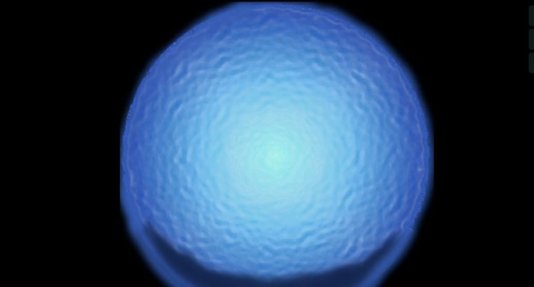- About
- Topics
- Picks
- Audio
- Story
- In-Depth
- Opinion
- News
- Donate
-
Signup for our newsletterOur Editors' Best Picks.Send
Read, Debate: Engage.
| September 14, 2013 | |
|---|---|
| tags: | #bioenergy, #environmentally friendly, #green technology |
| by: | Itai Lahat |
This bulb is a light source that relies on living bacteria to provide illumination. As such, it doesn't require electricity.
Created by three undergraduates at the University of Wisconsin, the Biobulb will include a genetically engineered species of E. coli bacteria, the kind living inside the intestines of humans and other animals. Normally, these bacteria don’t glow in the dark, but researchers plan to introduce a loop of DNA to the microbes that will give them the genes for bioluminescence (something that was done already in the past). The bacteria will glow similar to lightning bugs, jellyfish and bioluminescent plankton.
“The Biobulb is essentially a closed ecosystem in a jar,” biochemistry major Michael Zaiken said in the project’s video pitch. “It’s going to contain several different species of microorganisms, and each organism plays a role in the recycling of vital nutrients that each of the other microbes need to survive.” Those microorganisms feed the E. coli, which will be retrofitted with a new genetic circuit to provide the code for a set of proteins that Zaiken says will “recruit, use and recycle cellular fuel” to emit light. It’s kind of like making a terrarium inside a small light bulb.
Zaiken says the bulb could be recharged by ambient light sources found around the house during the day. The idea is that such light would feed the microorganisms that feed the E.coli, keeping them alive and repeatedly glowing for days, or even months.
The initial crowd funding of this project has already ended at rockethub, but the developers still have a way to go before we'll be able to decorate our homes with natural light from the deep sea.
There is, however, just one downside to this light – you can’t turn it off…
Image: Still taken from Vimeo
By copying the embed code below, you agree to adhere to our republishing guidelines.
